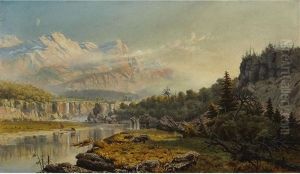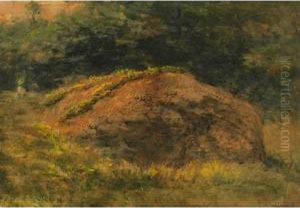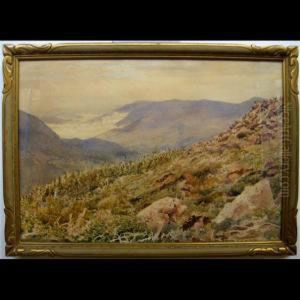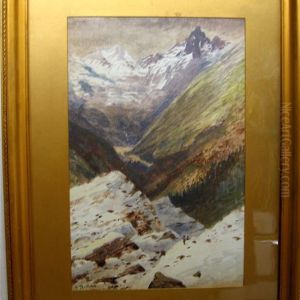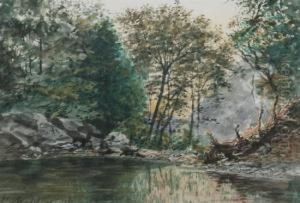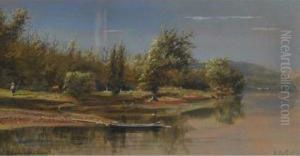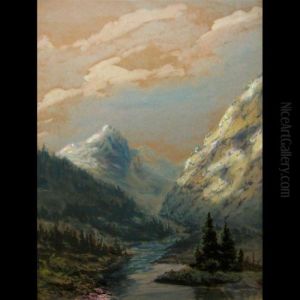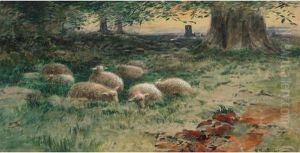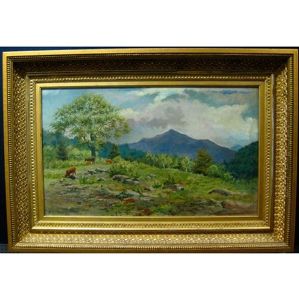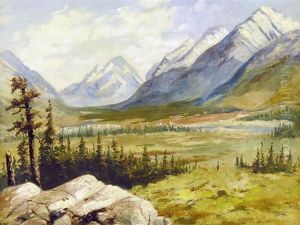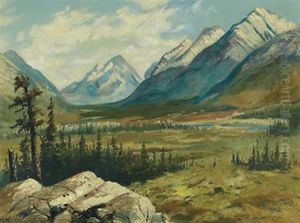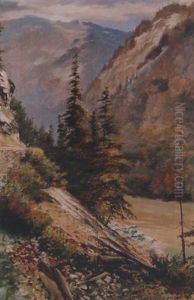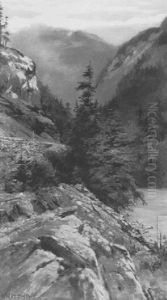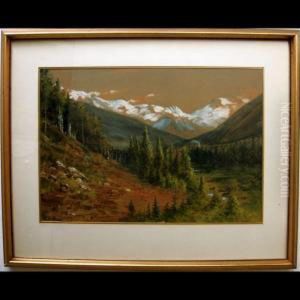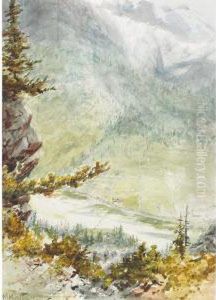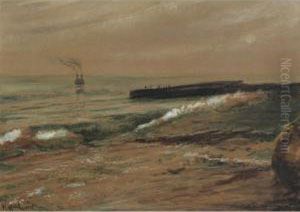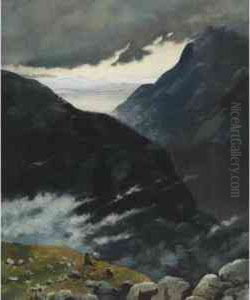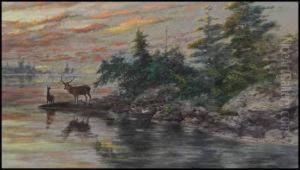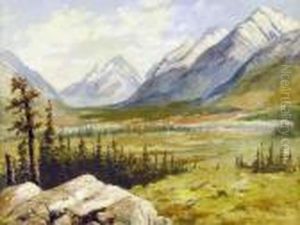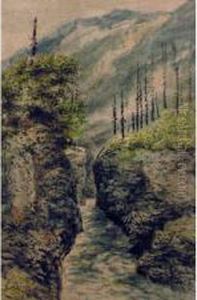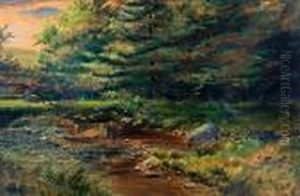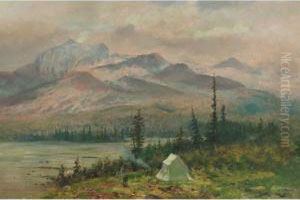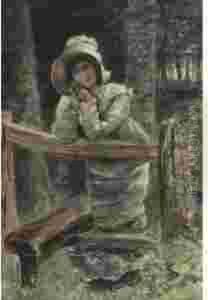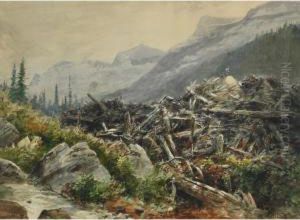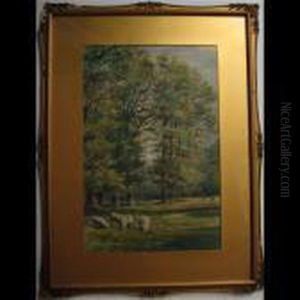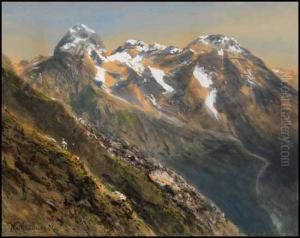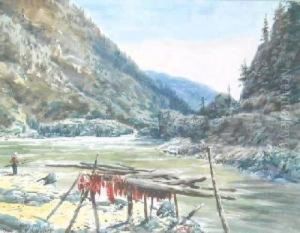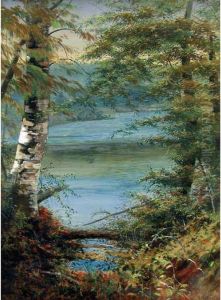Marmaduke Matthews Paintings
Marmaduke Matthews was a British-born Canadian landscape painter known for his depictions of the Canadian wilderness. Born in Bayswater, England, on June 28, 1837, Matthews emigrated to Canada in the mid-19th century and became an important figure in the country's art scene.
Matthews began his artistic education in England, studying at the Government School of Design at Somerset House, London. His initial work focused on architectural subjects, but after moving to Canada, he shifted his attention to the landscape, inspired by the vast and rugged terrain of his adopted country.
Settling in Toronto, Matthews quickly integrated into the Canadian art community and began exhibiting his works at the Ontario Society of Artists, of which he was a founding member. He also played a significant role in the establishment of the Royal Canadian Academy of Arts. Matthews' paintings often captured the untamed beauty of the Rocky Mountains, the Muskoka Lakes, and other scenic locations across Canada. His style was characterized by a sense of realism combined with a romantic vision of the natural world, which resonated with the Canadian public and collectors.
Matthews' influence extended beyond his paintings as he was active in promoting the arts in Canada. He was a respected teacher and mentor to younger artists, and his advocacy helped foster a burgeoning artistic community in Toronto and beyond.
Marmaduke Matthews passed away on October 25, 1913, in Toronto, Canada. His legacy is preserved through his contributions to Canadian art and culture and his paintings, which remain in various collections, including the National Gallery of Canada, illustrating the beauty of the Canadian landscape and the early artistic endeavors that helped define Canada's cultural identity.
